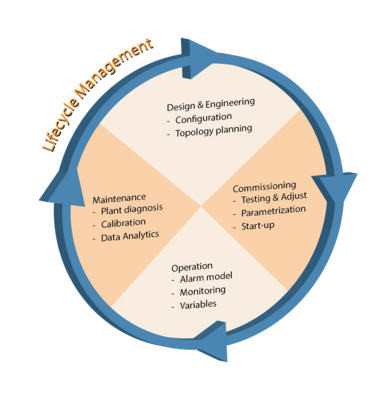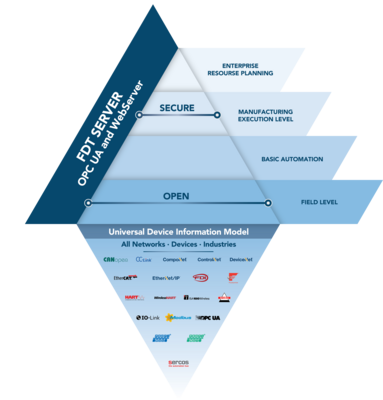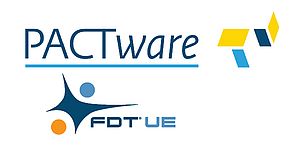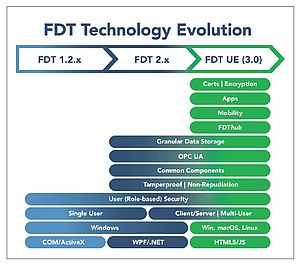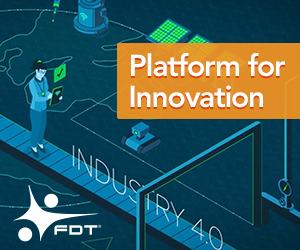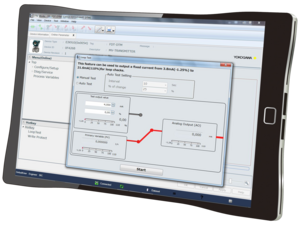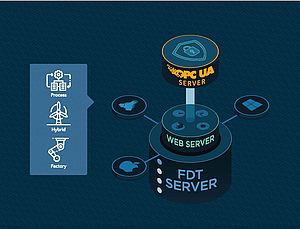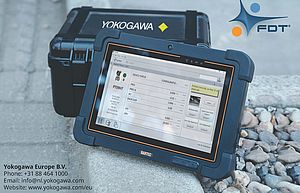PCN Europe: FDT started more than 20 years ago with the release of the FDT 1.2 standard. What were the goals and visions at that time?
Biegacki: FDT is a user-driven standard born 20+ years ago with the goals and vision to simplify industrial device integration and communication within a control system independent of the protocol or vendor equipment used while supporting the entire device lifecycle (configuration, commissioning, monitoring, diagnostics, parameterization, replacement, and asset management).
The FDT solution solves intelligent device management challenges for users by providing consistency to integrating devices in a multi-vendor environment, allowing users a consistent way to work with all devices in a single tool in different situations (in a vendor tool, system environment, or service tool) while storing all device data consistently.
The easy-to-use solution enables plant/facility asset management by using advanced diagnostic data allowing applications to move to predictive and proactive maintenance approaches, improving reliable operations and productivity. These foundational goals and vision still exist today.
PCN Europe: How many companies at the moment are members of the group? On the user side, could you give an estimation about how many devices this represents in factory and process applications?
Biegacki: The FDT community consists of approximately 100 member companies (system and device vendors, service providers, government and educational institutions and end users) – with six companies representing our leadership team (Schneider Electric, Yokogawa, Rockwell Automation, Flowserve, Endress+Hauser, PACTware) with officers that sit on the FDT Group Board of Directors and Executive Committee.
FDT leadership is dedicated to the mission of developing and promoting world-class technology that is incorporated by industrial device and system vendors and implemented by end-users in a wide range of automation applications.
Today, there are tens of millions of FDT/DTM devices deployed and serviced by FDT-enabled engineering applications globally in the process and factory markets.
PCN Europe: What are the main benefits for operators? And what new developments and benefits brings the new 3.0 standard, introduced not long ago?
Biegacki: FDT is a defacto industrial device integration standard (IEC 62453), widely accepted and deployed by all leading system and device suppliers today. User operators' benefit greatly by being able to select best-in-class system and device solutions that best fit their application requirements that provide a common interface and consistent method for intelligent device configuration, operation, and maintenance with remote access.
FDT is a harmonizing standard that supports intelligent device management of all connected devices (process, hybrid and discrete) via a single system environment using any networking topology.
If you’re not familiar with FDT, it’s easy to get started. Many FDT-enabled Desktop environments (ie: PACTware, fdtCONTAINER, FieldMate, DeviceCare, etc.) and device DTMs are freely available.
The new FDT (3.0) Unified Environment (FDT UE) solution provides an opportunity to advance intelligent automation with data-driven business models transforming manufacturing practices with open, secure, and flexible architectures with OPC UA and Web Services built-in to the new FDT Server hosting environment. The new software-based server solution extends the reach of data from sensor to cloud and provides comprehensive control for cloud, on-premise, edge and enterprise-wide applications.
PCN Europe: Talking about the connected industry, remote services and mobile devices: what can users expect regarding cybersecurity in the context of ever-increasing threat levels?
Biegacki: Security is built-in to the core of the FDT standard empowering a comprehensive solution designed to safeguard data access from the enterprise all the way down to the device. Of course, manufacturers and users must also utilize their internal security best practices procedures in the deployment of FDTbased systems and devices.
The FDT standard features robust multi-layered security and leverages vetted industry standards such as Transport Layer Security (TLS) enabling Web Sockets Secure (WSS) and Hyper Text Transfer Protocol Secure (HTTPS). The FDT (3.0) Unified Environment (FDT UE) security strategy encompasses:
- Encrypted communications using TLS
- Role-based user security for authorization
- 509v3 certificates for authentication
- On-the-wire-security for enabled industrial control protocols.
PCN Europe: Process industries is said to be far behind compared with factory automation settings when it comes to IIoT- and cloud technologies. How do you look at this statement and the development in the next years?
Biegacki: This is mainly driven by two factors; capital cycles of investments by manufacturers and certifications or confidence in technologies that are being used. FDT Group’s standard, developer tools and service providers can help manufacturers in the process and factory markets migrate their solutions allowing end users in both markets to take advantage of IIoT benefits while preserving their current investments in control systems and related process equipment.
PCN Europe: Process industry installations and plants have a long life. Do you have a recommendation when it comes to being able to operate existing plants in a sustainable way? And what can be done to make new plants now as future-proof as possible?
Biegacki: Great question! We are currently working with users along with our members to preserve control system investments while helping them migrate their networking connectivity to contemporary standards like Ethernet-APL and related protocols, supplying them a device configuration environment that supports their field devices – both process and discrete. Some device networking standards support their preferred connectivity standard and device model. The FDT standard supports all networking standards and device models making migration possible and easier to implement ensuring seamless data exchange across the enterprise.
PCN Europe: Thank you for these interesting insights!




